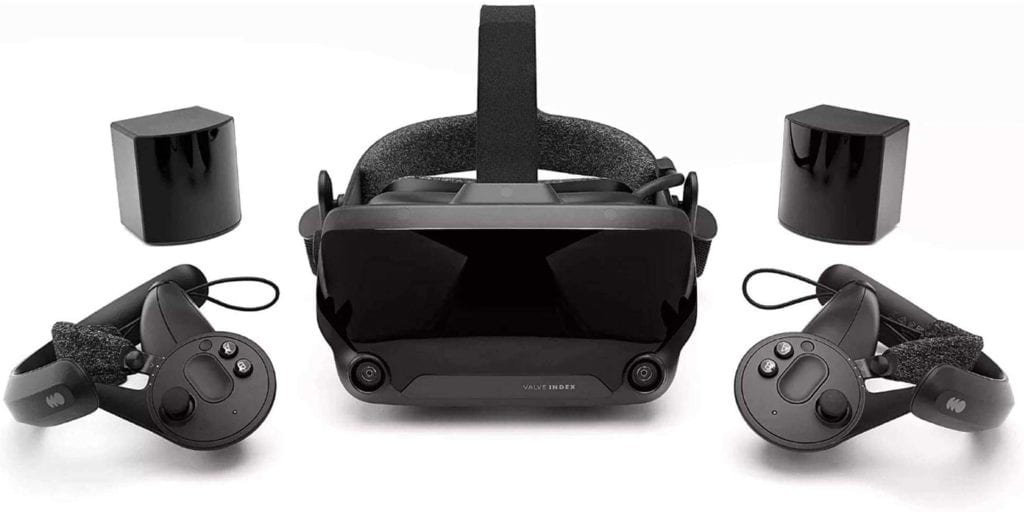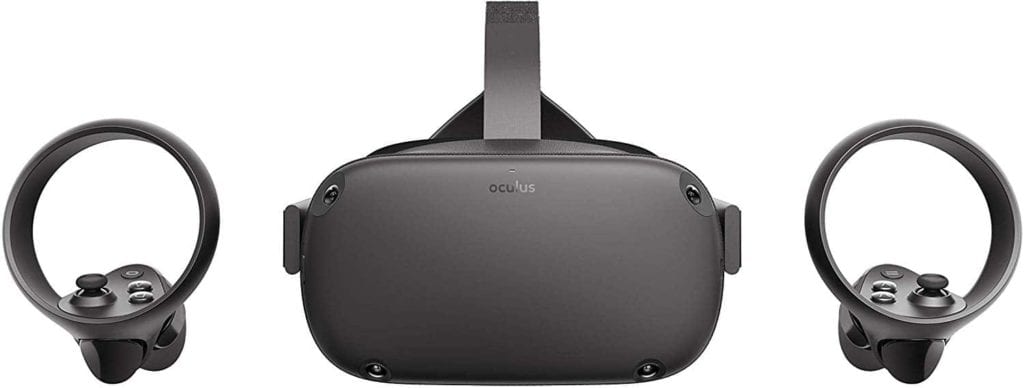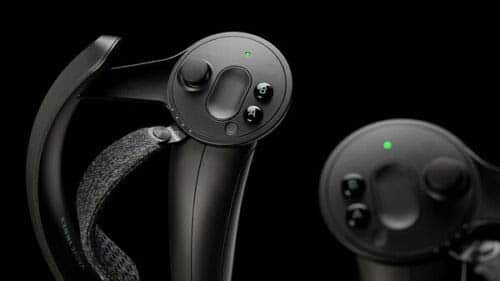Valve Index is probably one of the best VR headsets and I have been saying this for quite some time now. If you are interested in both these headsets and are wondering which one is better then this comparison post is going to help.
The Oculus Quest is a standalone headset by Oculus and after the Oculus Go, this was the next amped-up version of a standalone VR headset.
The real question here is if it is okay to invest in something as expensive as the Valve which costs about $1000 or just stick to the Quest which is way less than the Valve.
It is easy to say that the cost of the Valve is about 3 times that of the Quest and to top it, you even need a PC with beefy specifications in order to get the headset running.
So which one is better? Let’s get started with this short yet to the point comparison post.
Table of Contents
Design and Build Quality
The design of the Valve Index looks like a lot is going on but when you wear it, you find out that the headset comes with a lot of padding a comfortable fit.
It has the Halo headband style which is pretty similar to the PlayStation VR. The headset even comes with an IPD adjuster and you can physically adjust the distance of the lens from your eyes.
You are going to have wires from the headset that would connect it and the controllers to the PC through which you would be operating the Valve Index VR headset.

The Oculus Quest, on the other hand, is a standalone headset and you do not need anything to operate this headset. You do not have to deal with any wires with the headset making the VR gameplay easier.
The headset has a three-way strap similar to the Oculus Rift or the HTC Vive headset, which makes it really easier to wear the headset because of some equal weight distribution on the face.
Overall, the Oculus Quest feels way more comfortable because of fewer wires especially for someone who has not gotten used to their Valve Index.

Once you have learned how to manage the wires on the Valve Index, it would get easier for you to wear the headset and roam about in VR.
Display and Resolution
The Valve Index comes with a resolution of about 1440×1600 per eye giving you so much clarity in VR. The headset has an LCD display and the Passthrough feature as well.
Even though the headset comes with an LCD display, the overall visual in VR is pretty amazing and you are not going to have any complaints about how immersive your experience gets in VR.
The Oculus Quest comes with a resolution of 1440 × 1600, which is an OLED display and the headset has the Passthrough feature as well.
The OLED display on the Oculus Quest, makes the colors look softer and not harsh like the LDC displays and that is the reason I usually like them.
But, the display on the Valve Index is better and because of the increased refresh rate, you find it so much better when it comes to the visuals in VR.
We would discuss more on the refresh rate, in the next section so let’s move on to that.
Refresh Rate and FOV
The refresh rate on the Valve Index is an amazing 120-144 Hz making the visuals so aesthetically pleasing and at any point during your gameplay, you are not going to feel motion sickness.
This is probably the highest refresh rate among all the headsets that you would find in the market.
I think even when it comes to the FOV, the Valve INdex has a Field of View of 130 degrees which is pretty amazing in comparison to all the headsets out there.
The refresh rate on the Oculus Quest has decreased to about 70-80Hz and the FOV is pretty much the same as the Oculus Rift S. Because of the decrease in the refresh rate, there are a few games where you would find the image more pixelated.
Overall, the VR experience on the Valve Index is so much better because of these two features than that on the Oculus Quest.
Tracking and Controllers
The tracking on the Valve Index is pretty much amazing but it is really different from the ones on the Quest. In the Valve Index, you are going to have sensors that are similar to lighthouses in the Vive.

You need to set up these lighthouses in your gaming room so that the controllers and the headset can be tracked in VR.
The controllers are pretty comfortable and easy to use.
You can use these controllers for really long gaming hours without any issues.
The tracking on the Oculus Quest is inside out tracking so you do not need to set up anything.
The headset has cameras on it that are going to act as sensors.
You would be powering up the controllers with batteries and using them without any wires being connected to anything giving you so much more freedom.
Both the headsets come with 6DoF which is another added advantage.
Gaming on the headset

The gaming experience on the Valve Index is hands down so much better than the Quest.
The games that you can play on the Valve Index are from the Steam VR Platform, hence you are going to find plenty of games that you could play.
The Oculus Quest is a new release and you are going to find that the headset does not have a lot of games that you could play with right away.
The platform is a little different from the Oculus Rift S but you are not going to be disappointed as you still have amazing gaming titles to choose from.
Conclusion
The Valve Index is the better headset in this case, but if you consider the price then it is way more than the Oculus Quest. You are surely getting what you pay for and considering the price point on both the headsets they are good.
If you have the PC and the money to get the Valve Index then I would suggest that you go for it. But, in the case, you are on a budget and just want to enjoy VR without any hassles then go for the Quest.
The Valve Index is more like the premium VR experience with almost no flaws. However, the Oculus Quest is like an entry-level VR experience for people who just want to get a taste of VR and see how it works for them.
No doubt, Oculus Quest is probably the best standalone headset that we have out there and you are going to love everything about the headset.
Check out both the headsets and let us know what you think in the comments below!
If you like the post, then do not forget to share it on social media!
Leave a Reply